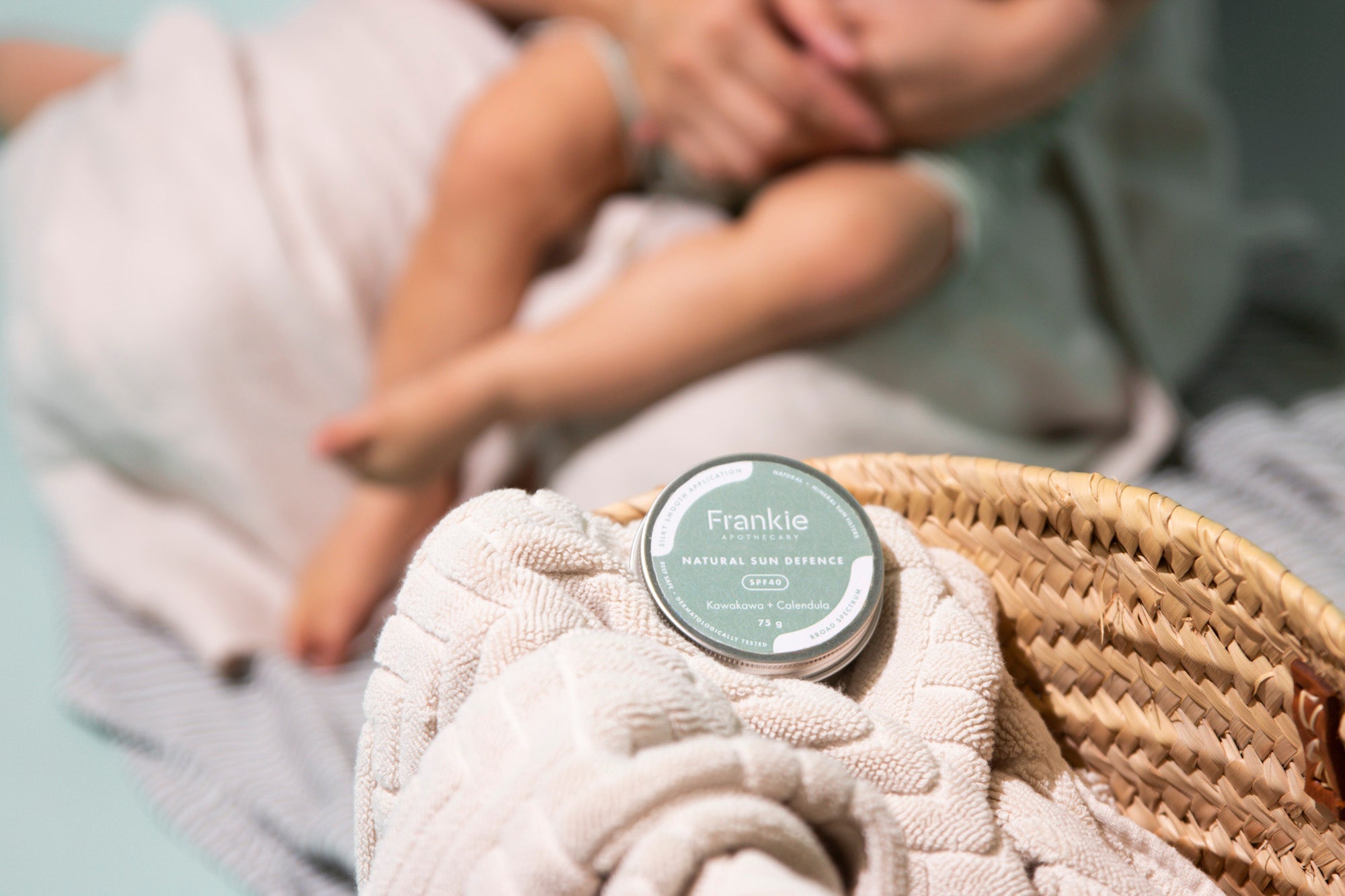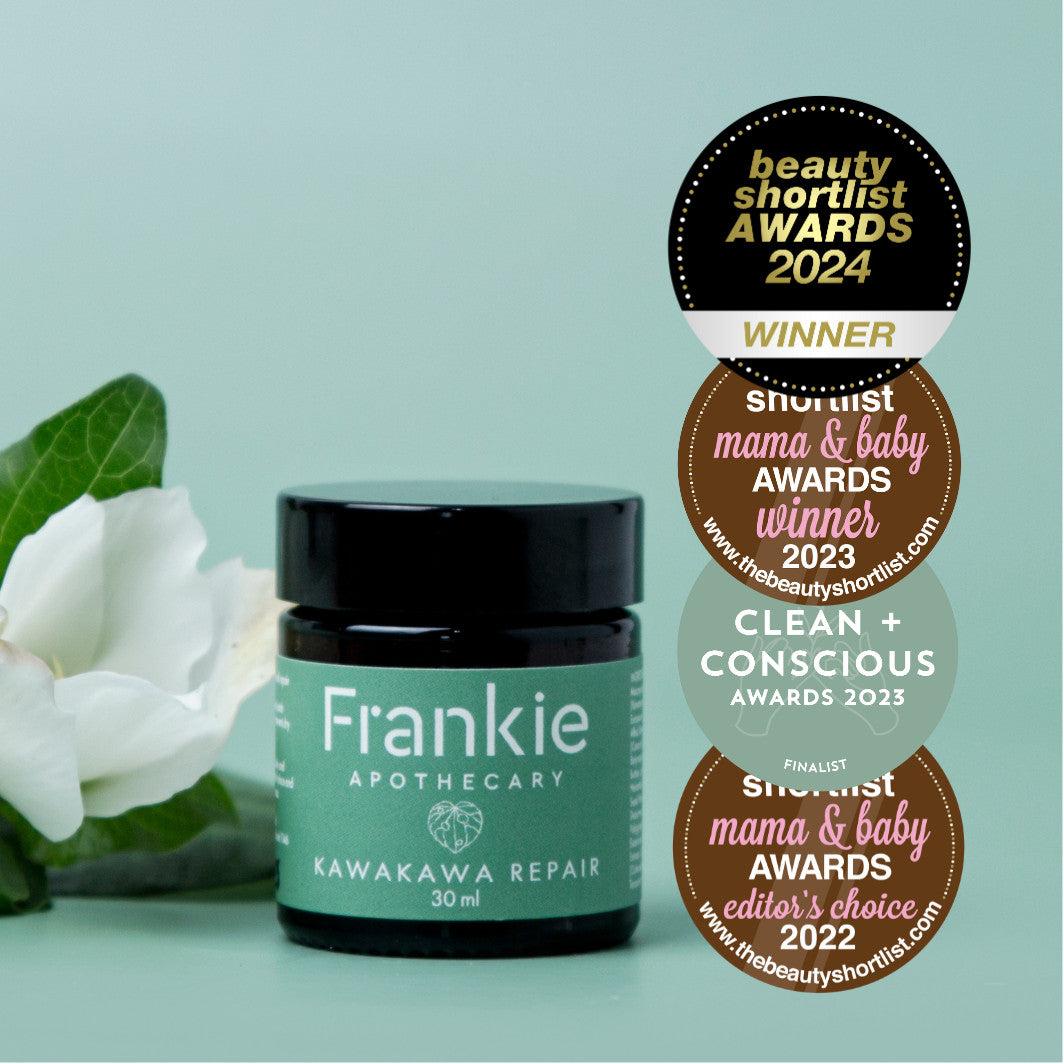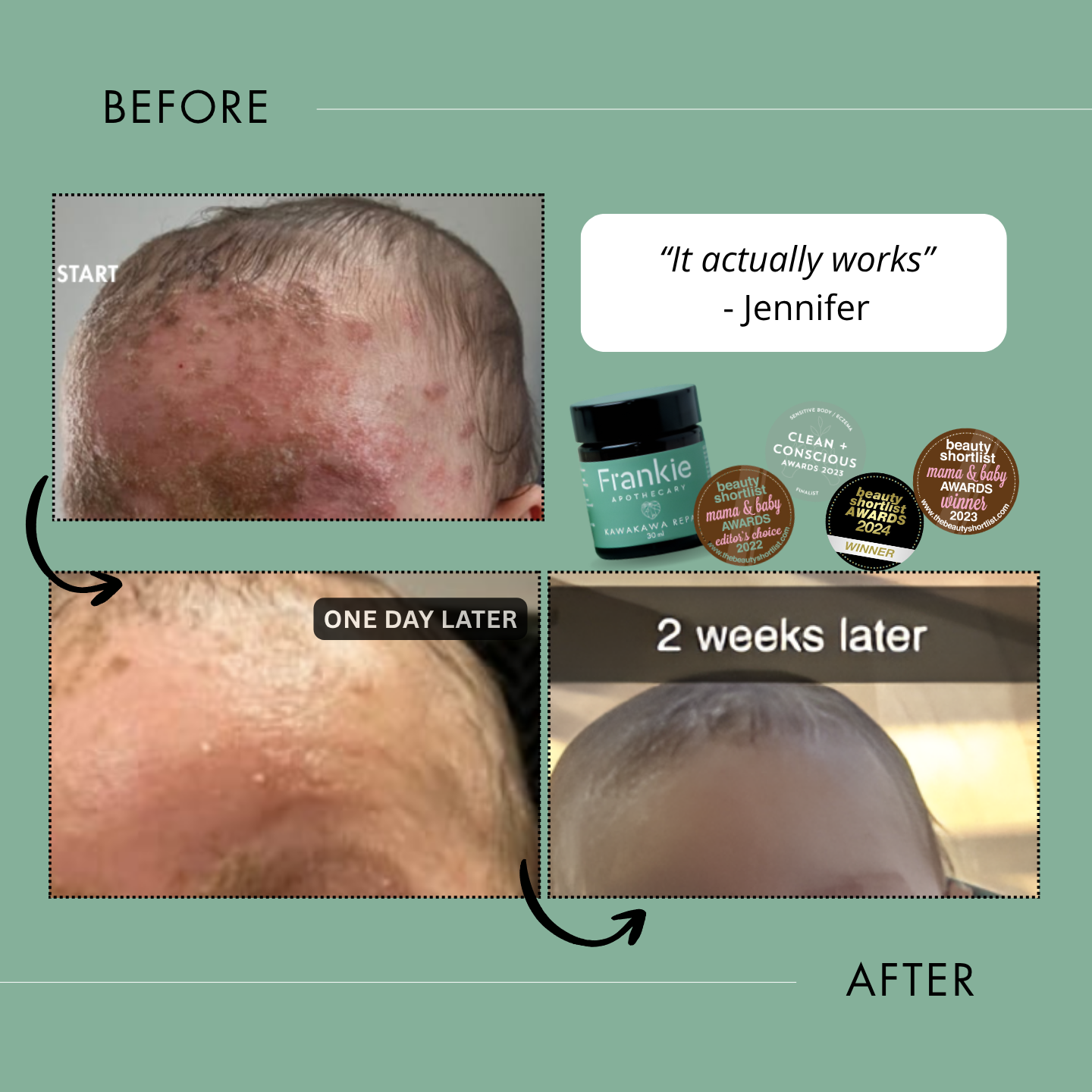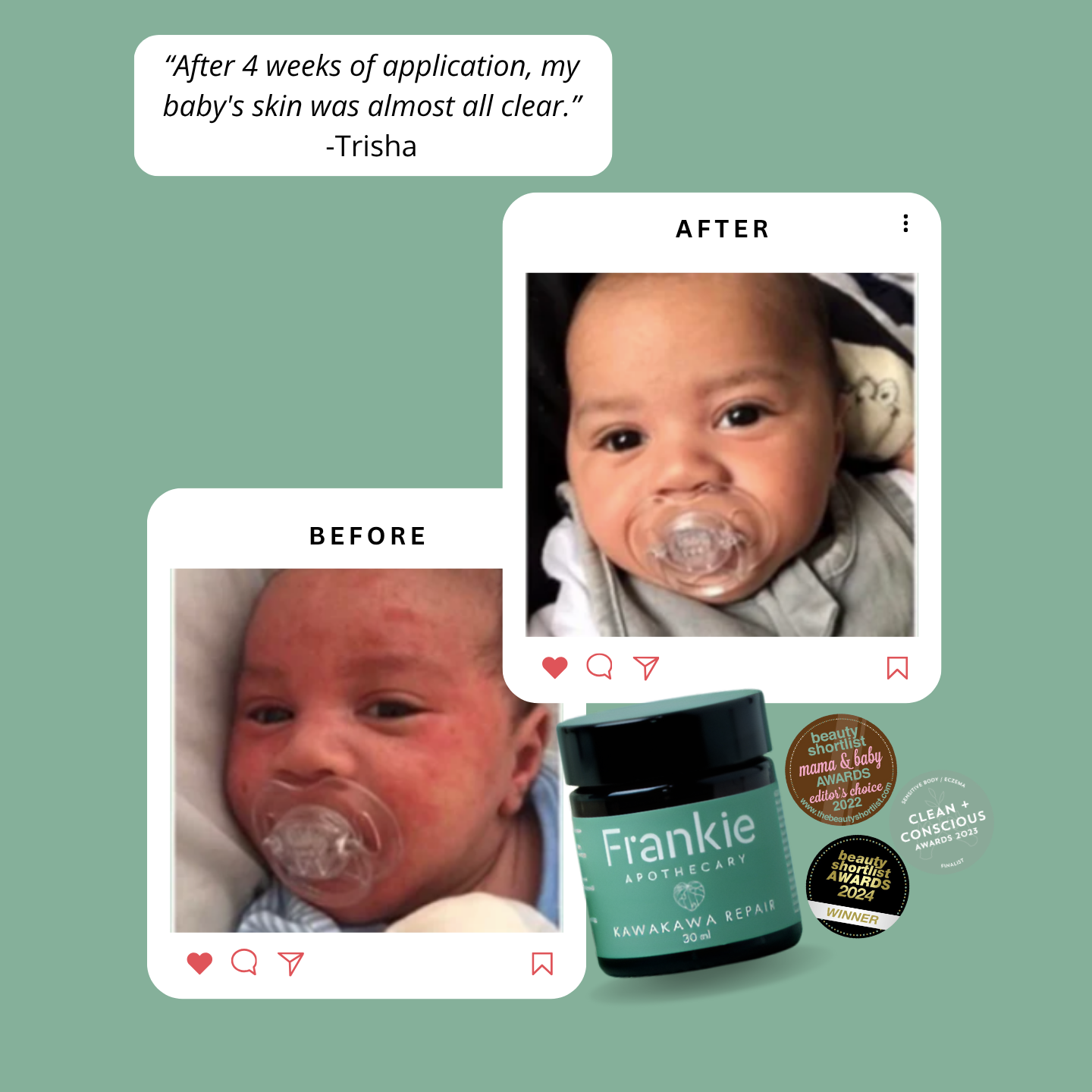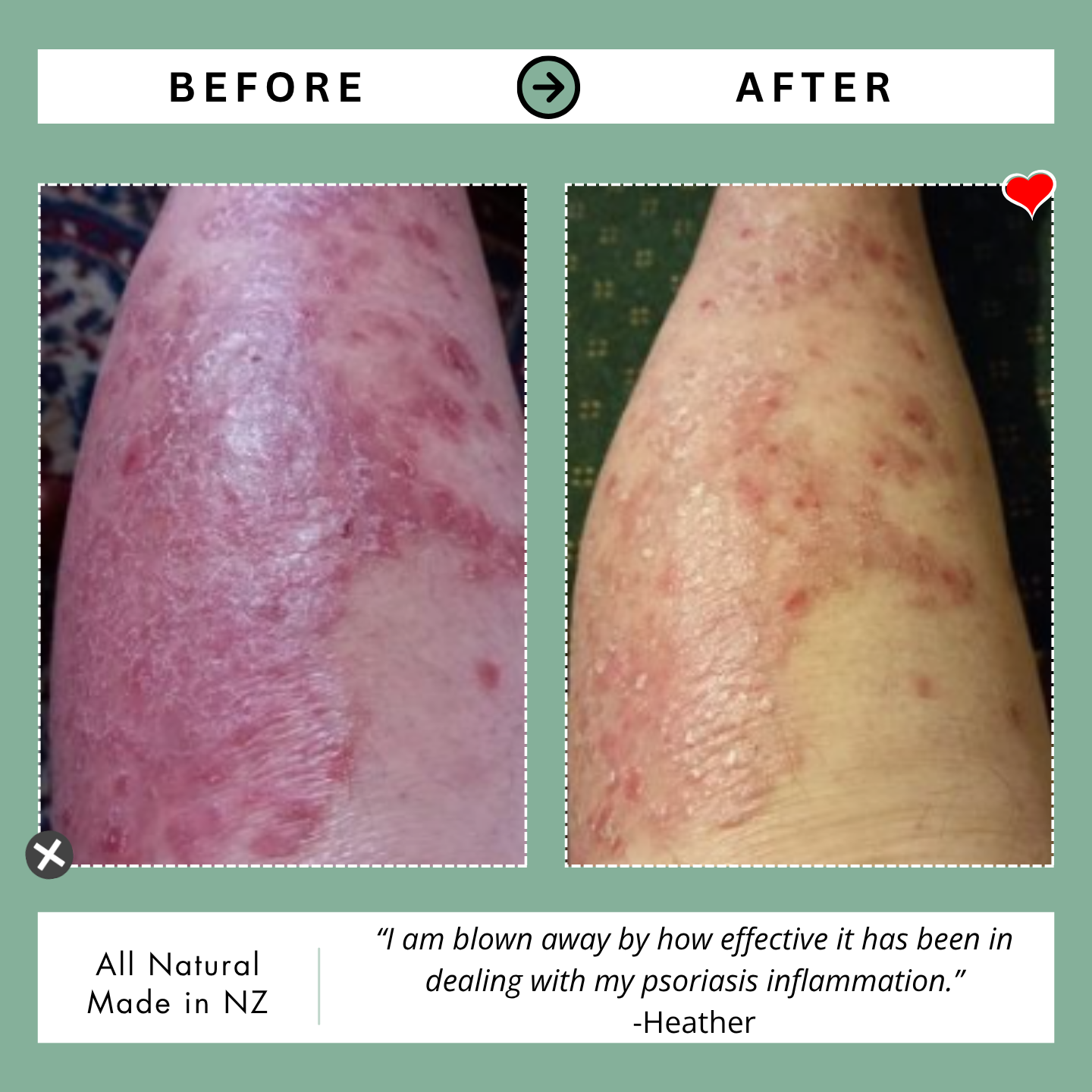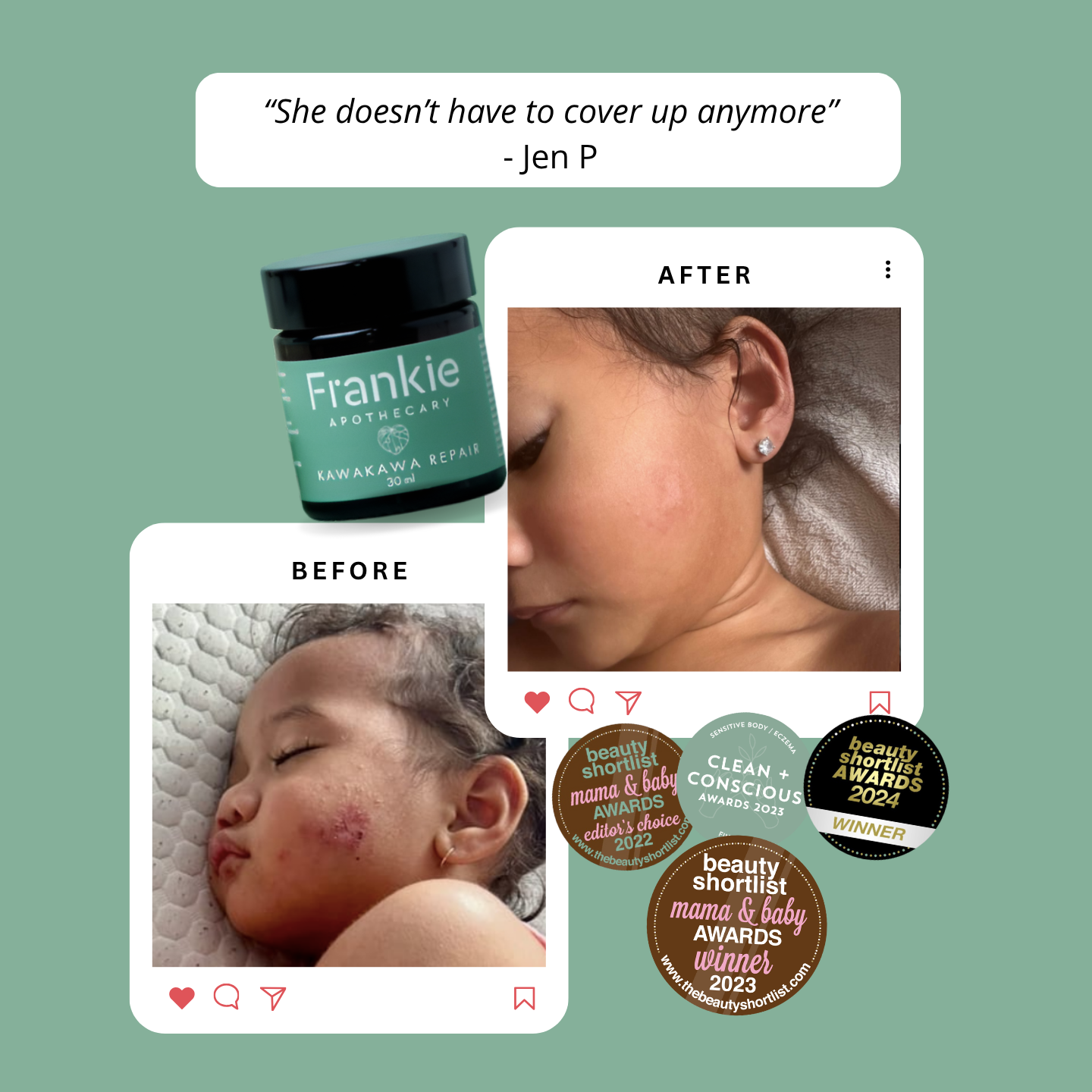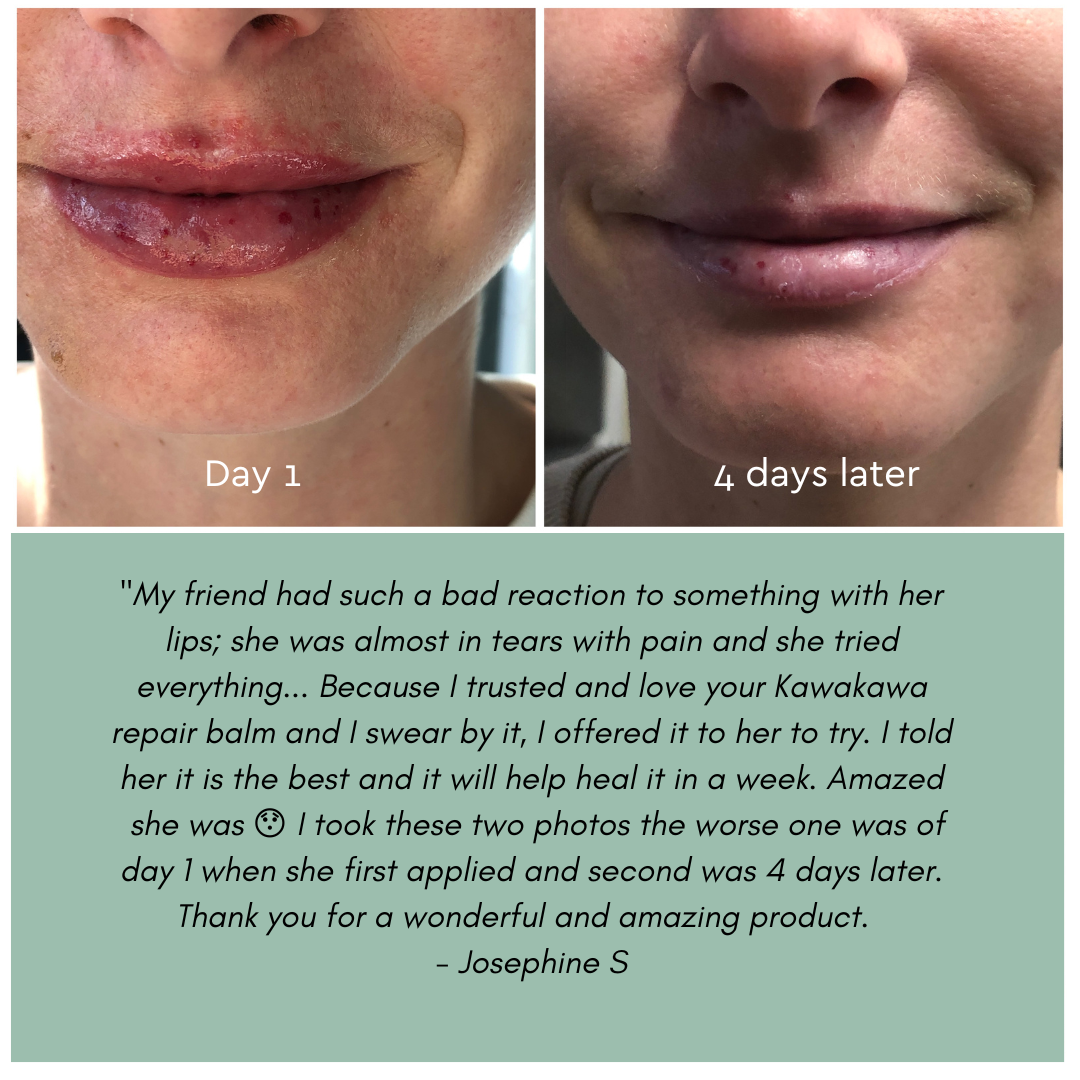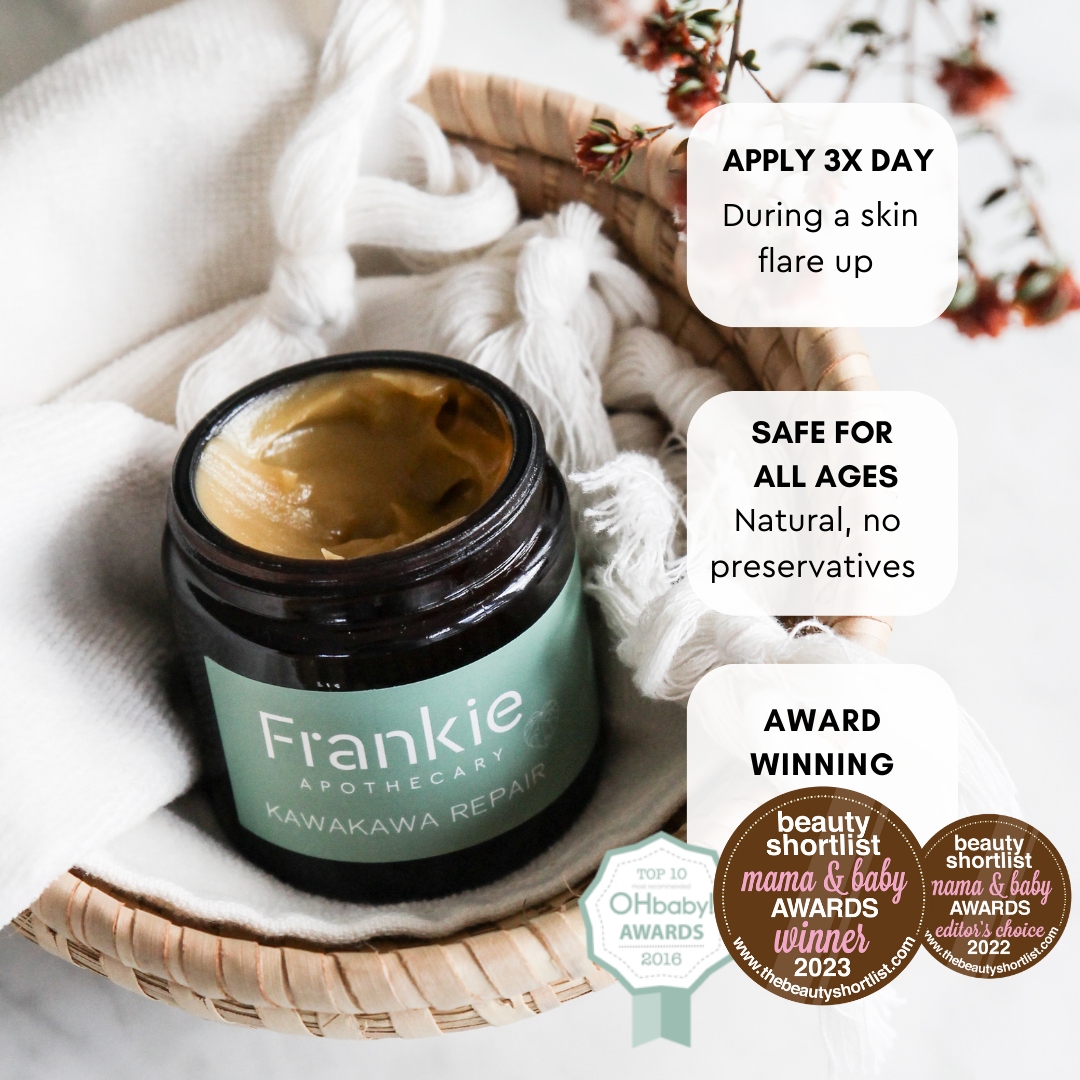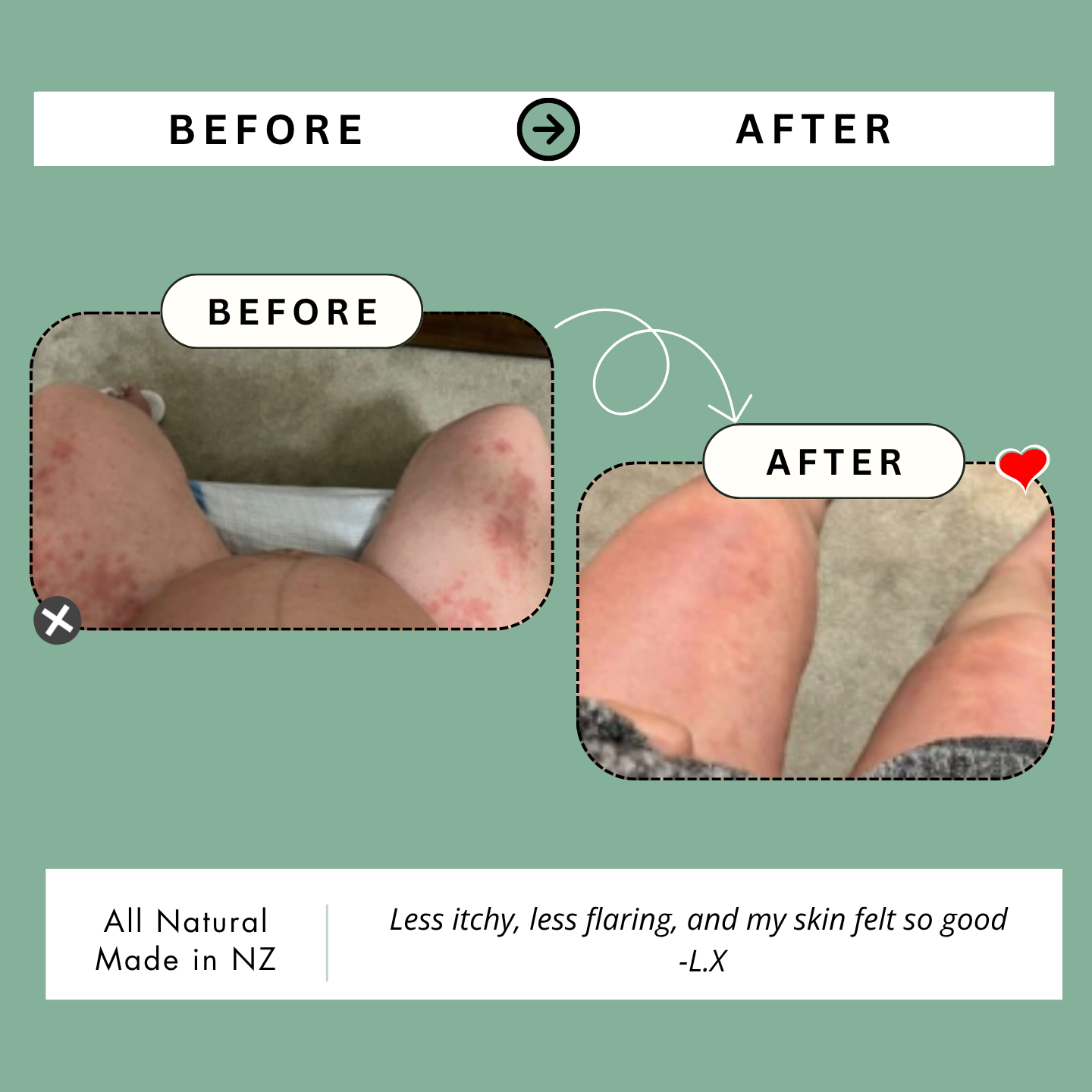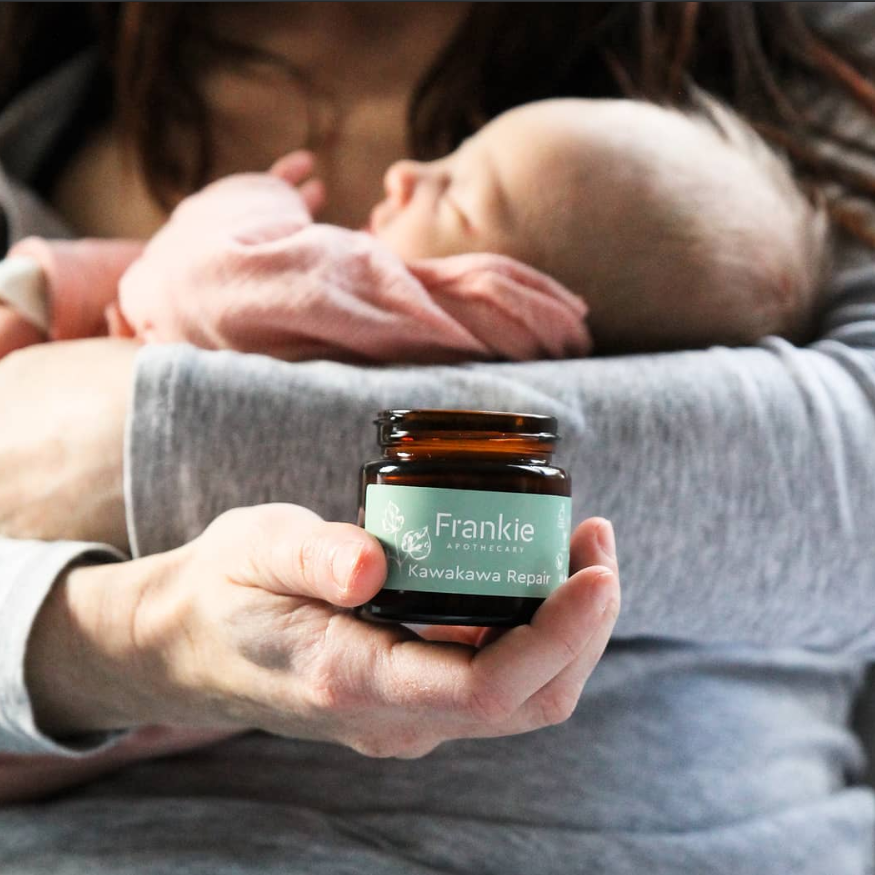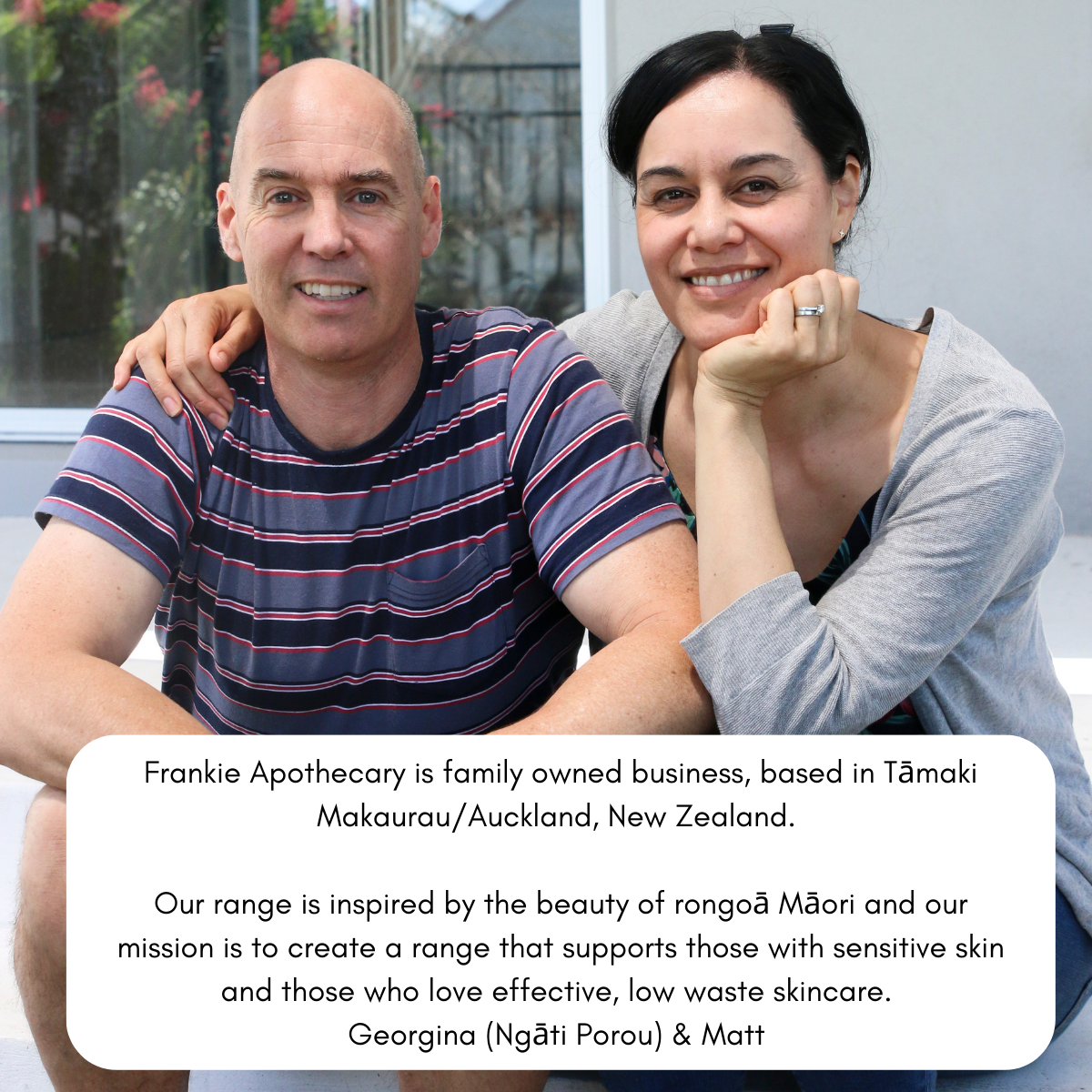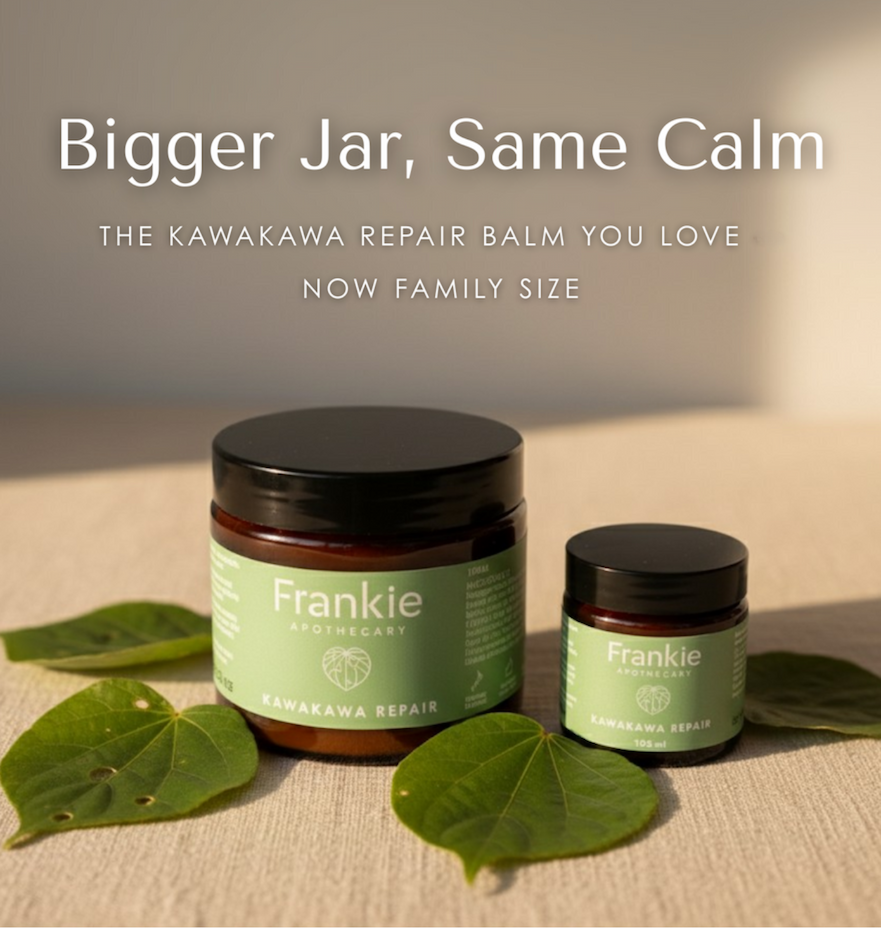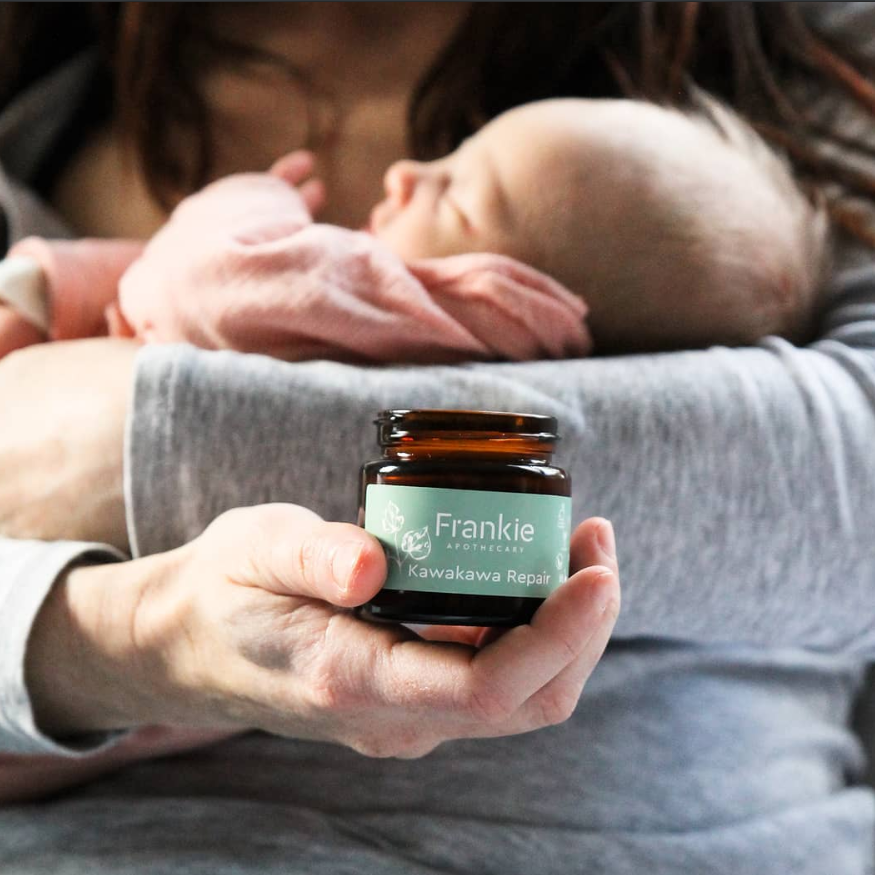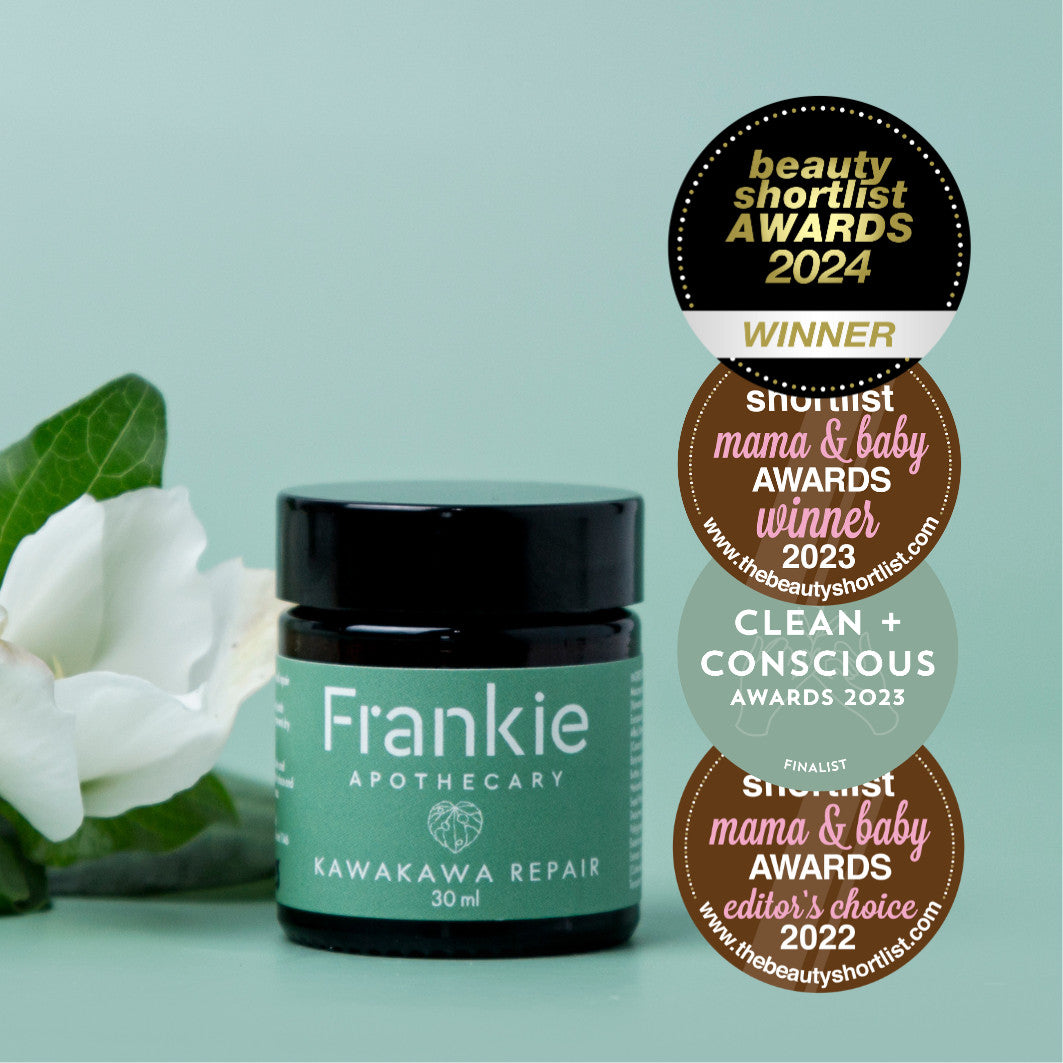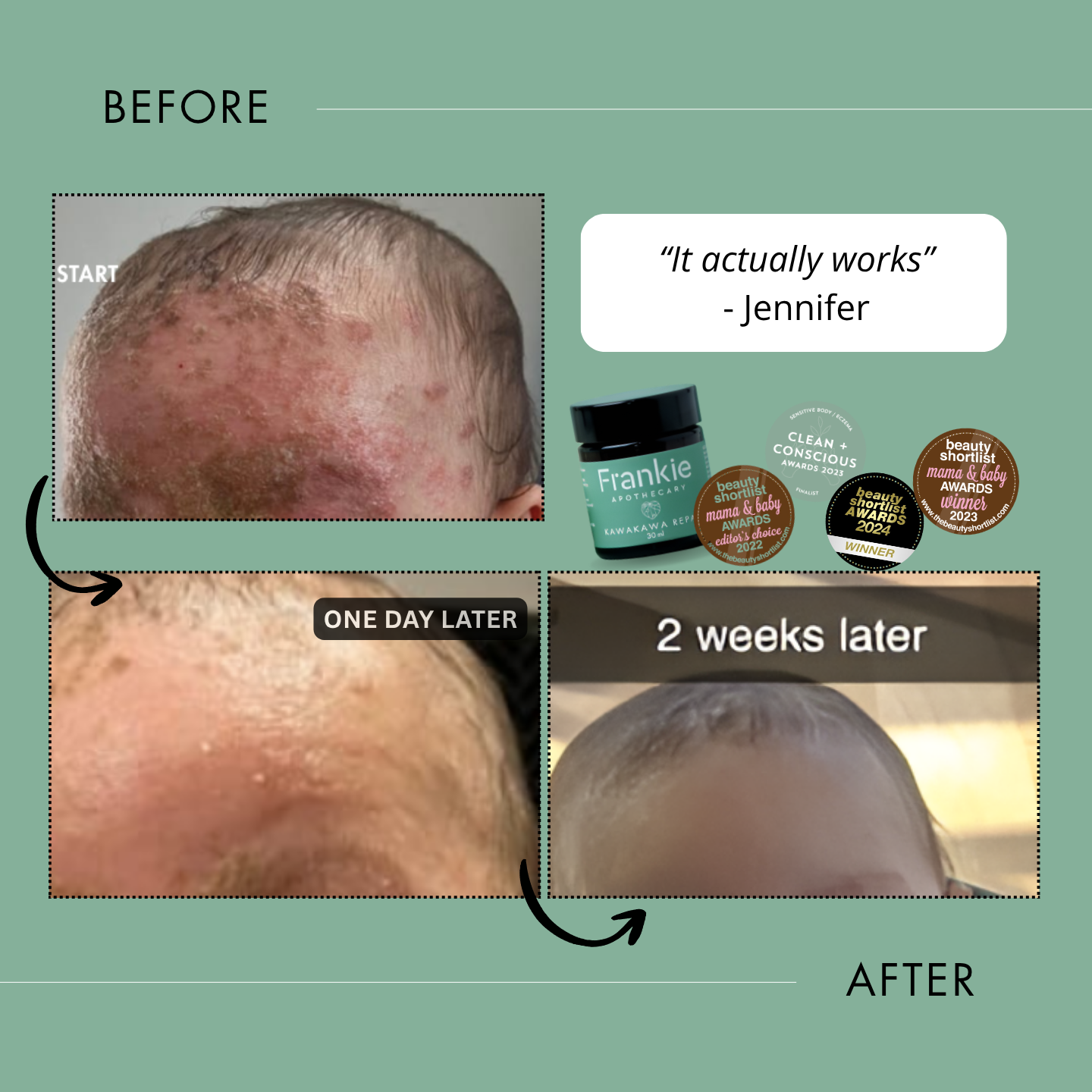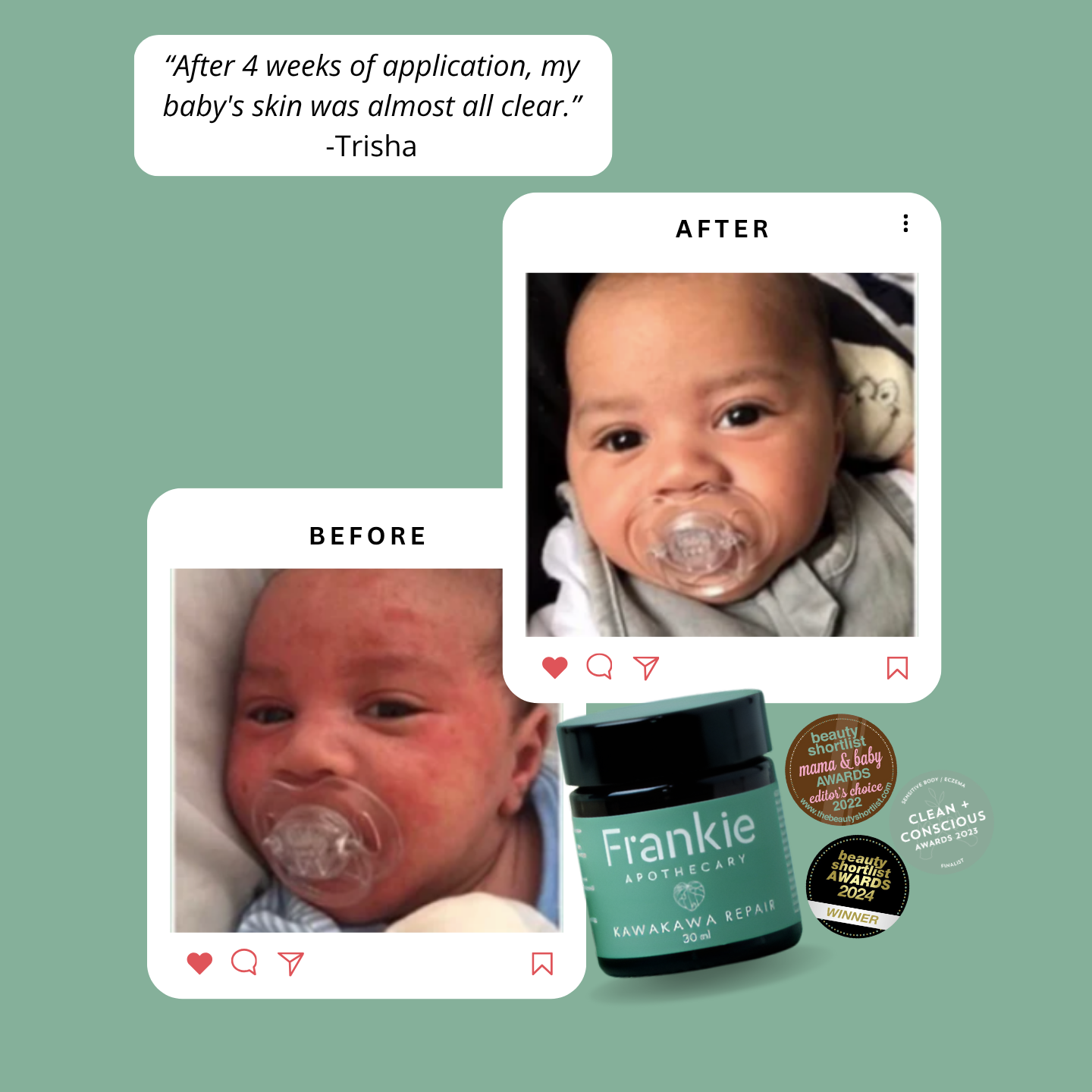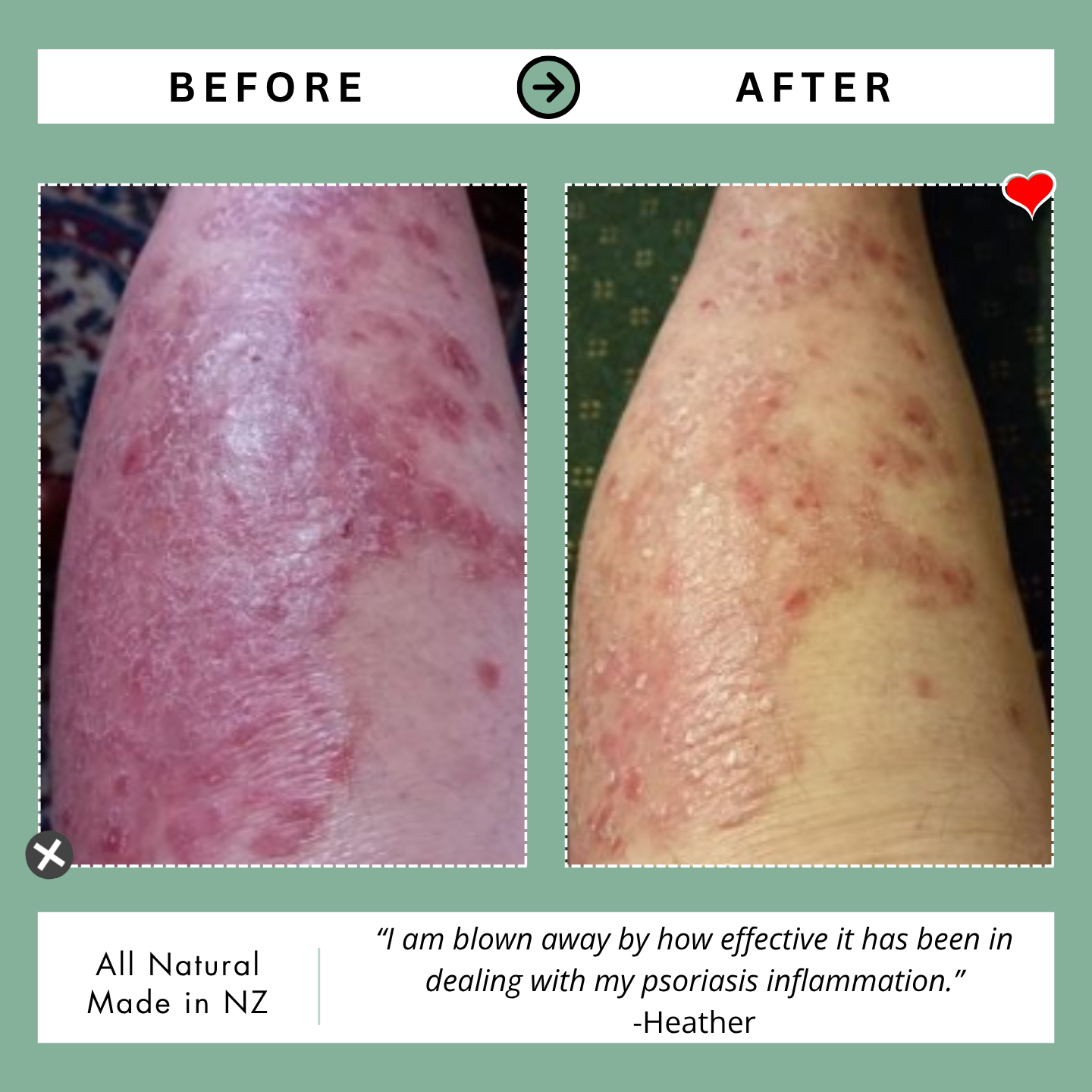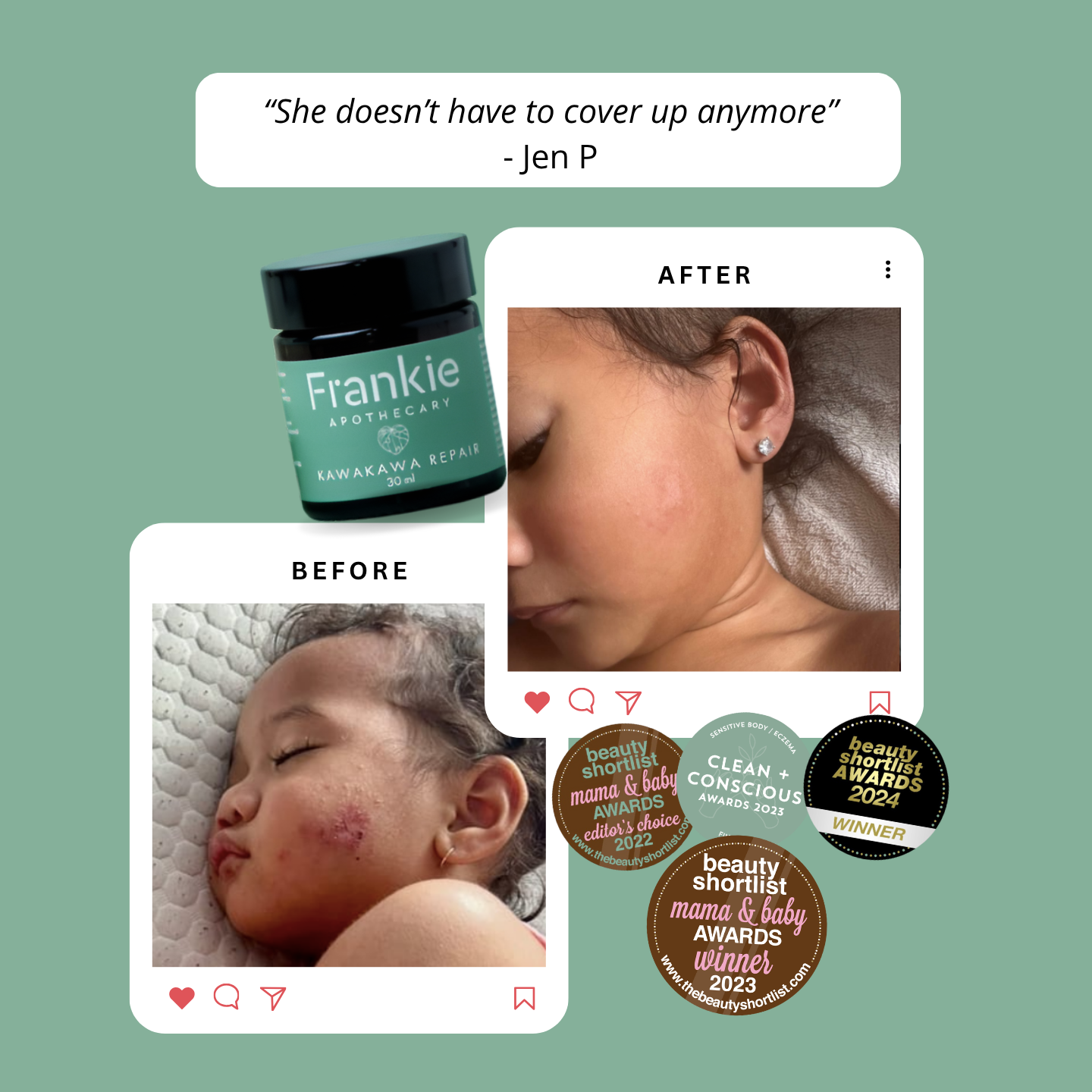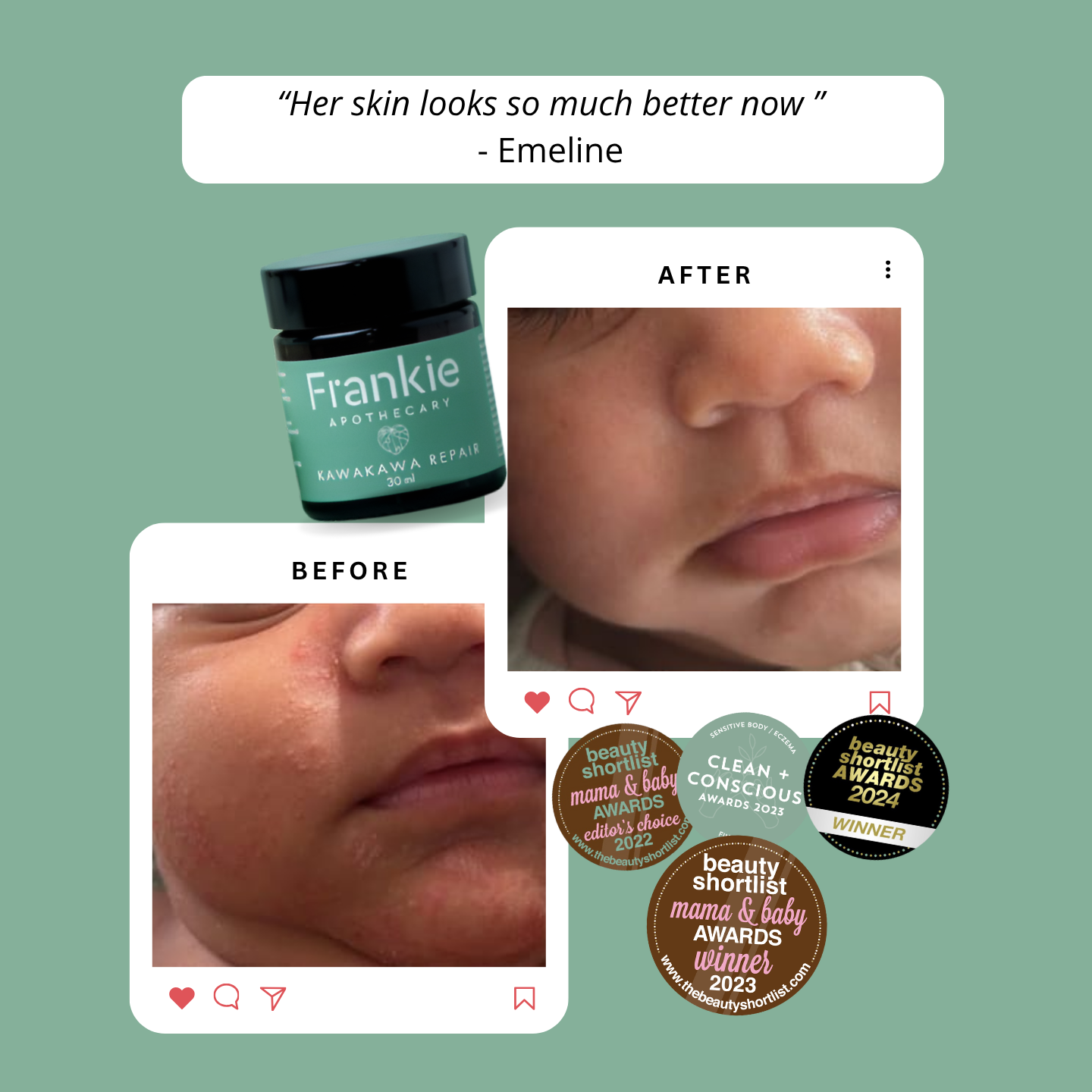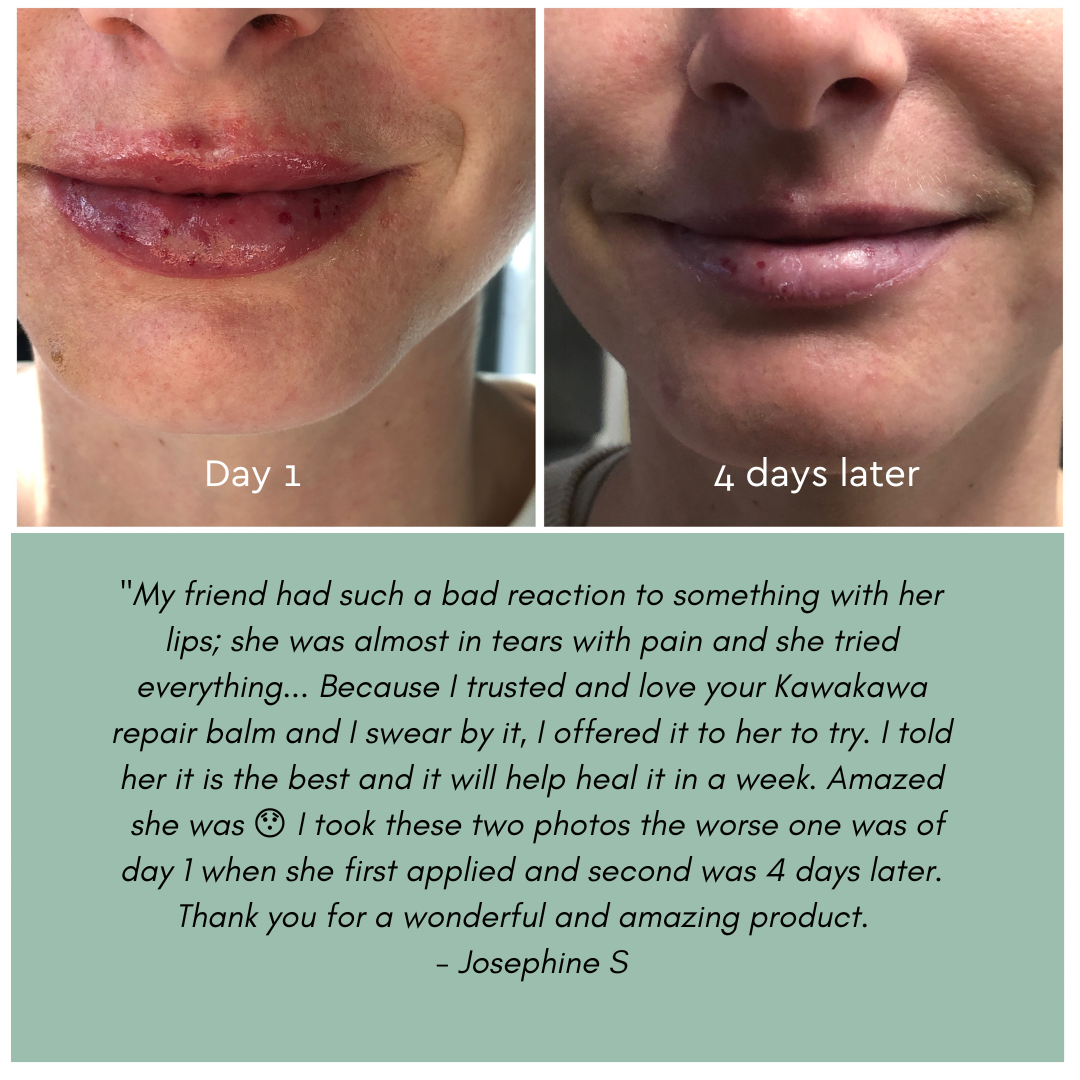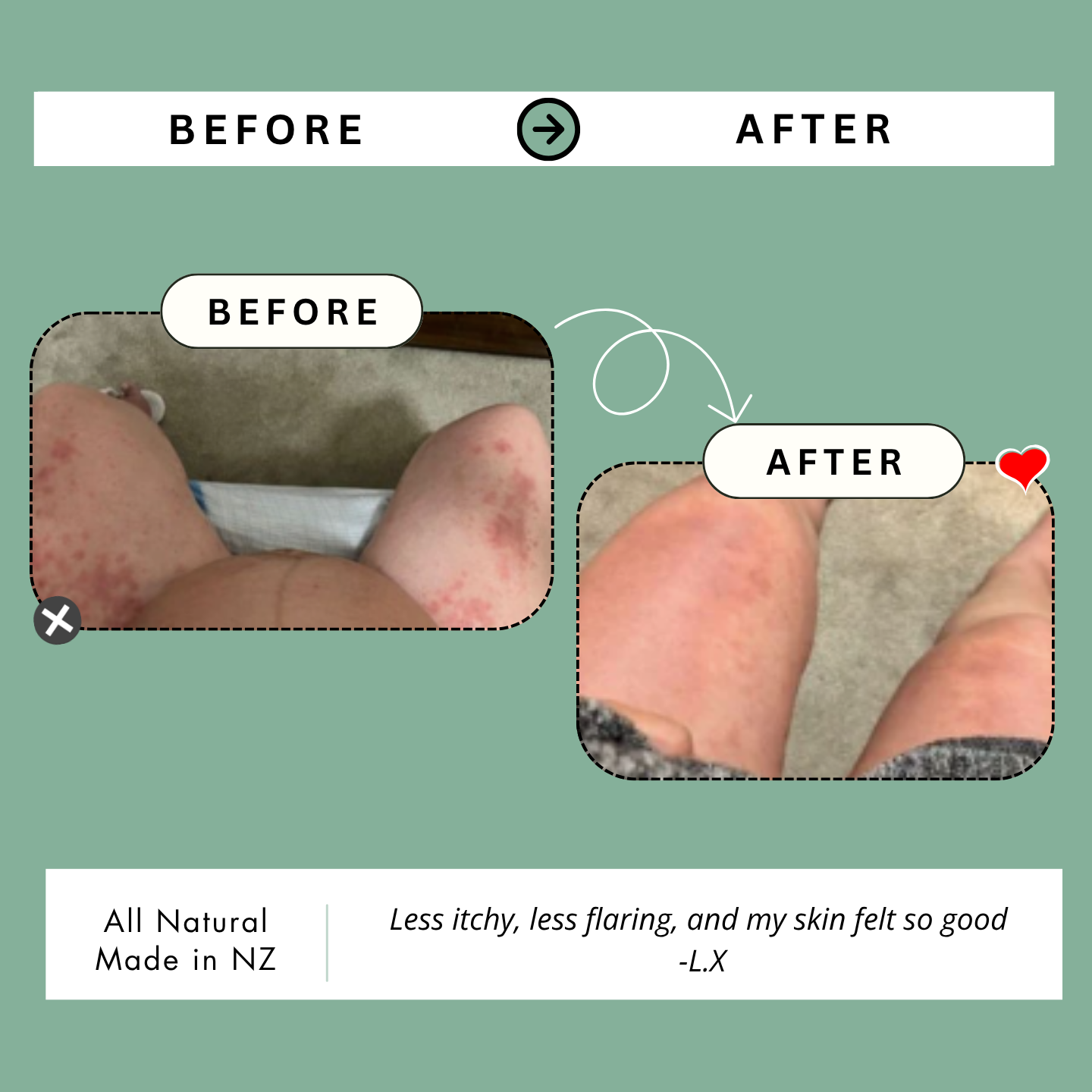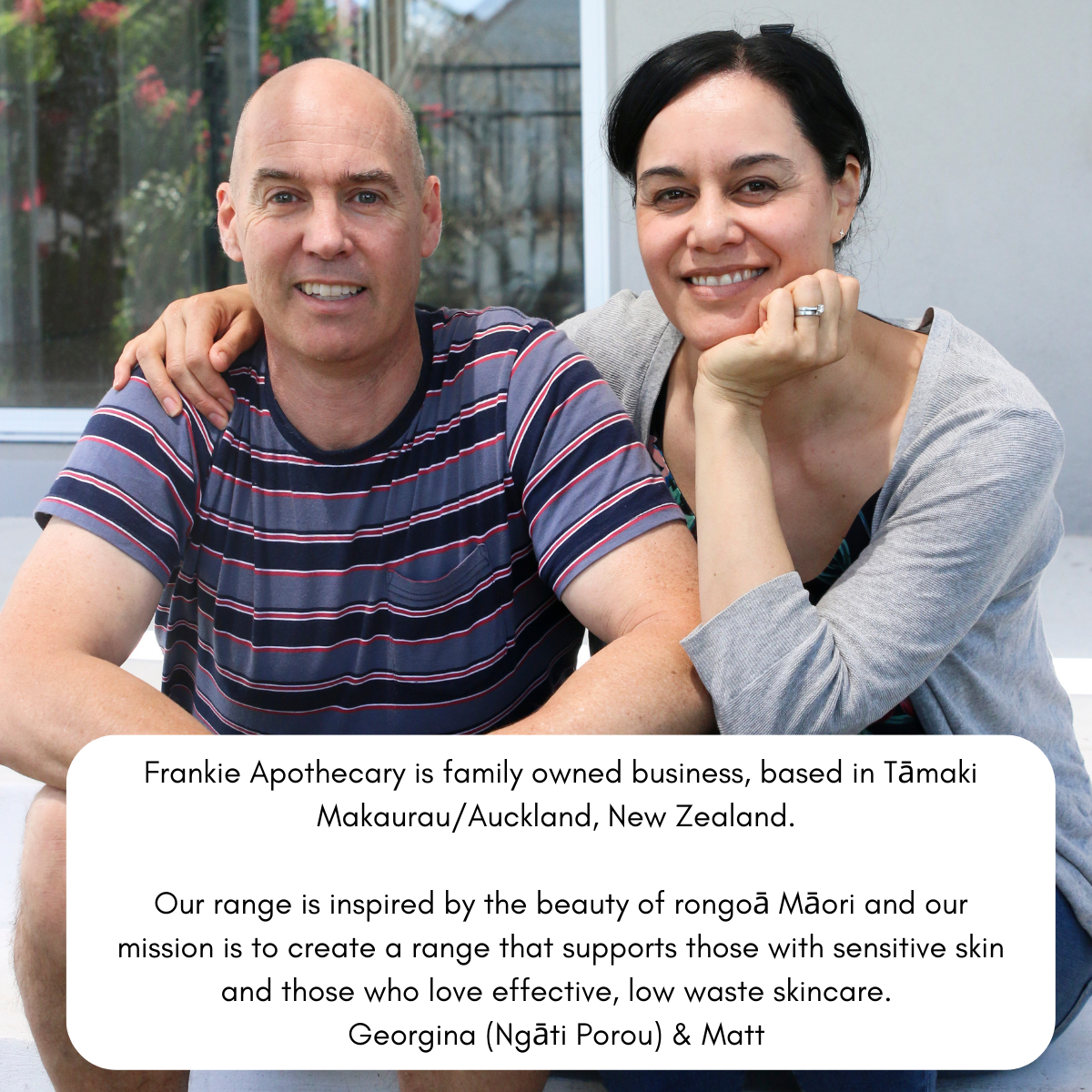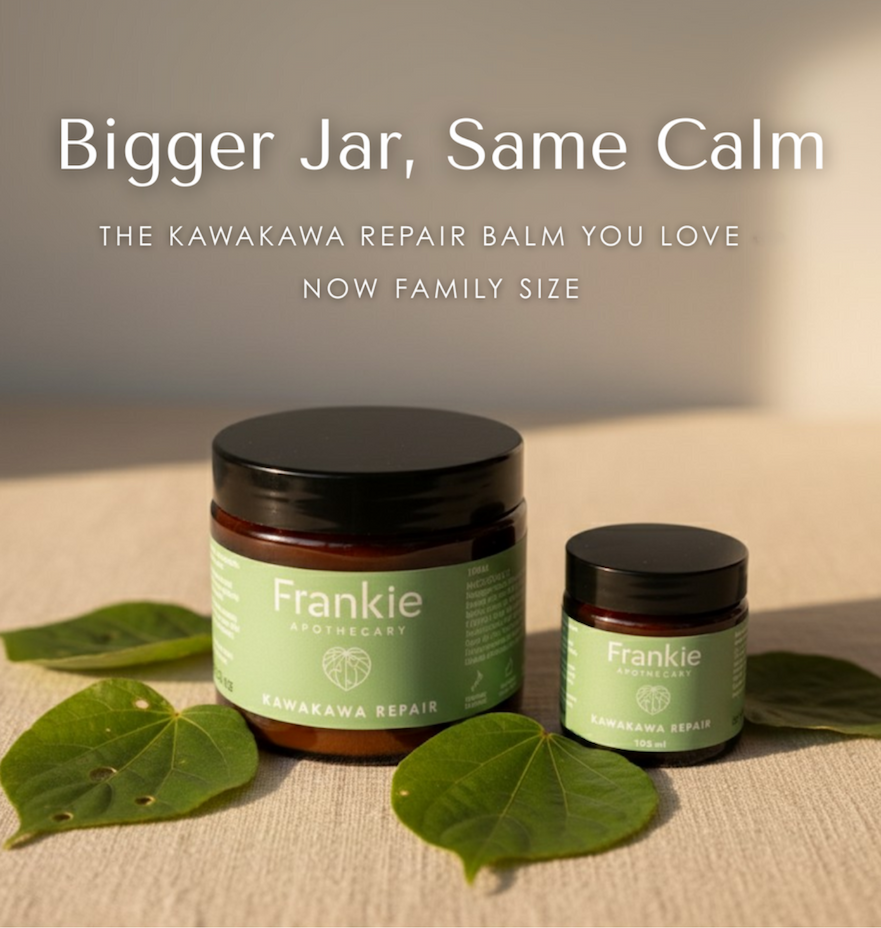It’s the single most important product for protecting your skin, age-proofing and reducing your risk of skin cancer, but ironically, sunscreens can be loaded with some of the worst offending chemicals. Known hormone disruptors are often supported by the usual suspects, such as parabens and phthalates. Who would’ve thought sunscreen could be both your skin’s best friend, yet one of your body’s worst enemies?
Everyone knows staying sun safe, covering up and using sunscreen are crucial, especially here in Aotearoa. Over 4,000 people are diagnosed with melanoma each year(1) in New Zealand and sadly it accounts for nearly 80% of those who die each year from cancer. Sunscreen isn’t optional. It’s a must, which makes choosing one that’s good for you and your family - inside and out - extremely important.
Chemicals – the good and the bad
You’ve probably heard people say, 'but everything’s a chemical'. H2O is a chemical. We’re talking about are compounds that have been found to have a negative effect on living tissue, organisms and humans. While more human studies are needed, this is what we know so far about some of the ingredients you’ll find in regular off the shelf sunscreen.
Known hormone disruptors
My fertility specialist told me to stop using the chemical sunscreen I’d been applying daily for years, because it could be hampering my ability to fall pregnant. I was shocked. Surely, I reasoned, if a product could throw my hormones off-balance it would be banned? And definitely not sold in supermarkets. I was wrong. From that day on, I’ve been extremely cautious about sunscreens, opting for natural versions instead. The big problem has been finding one that ticks all the boxes. More on that later.

Oxybenzone - one of the worst
You’ve probably heard of Oxybenzone. Some studies have shown that it can be converted into forms that exhibit estrogenic activity such as BP8 and 2,4,4’-trihydroxy-benzophenone (THB) (2) and that it can lower testosterone in adolescent boys (3). Yes, you read that right. The Environmental Working Group, which rates the safety of skincare ingredients, says it’s a common irritant and known to damage coral reels (4). Thankfully, this is ingredient is being removed from more and more sunscreens each year, but always check the ingredient list first.
Octinoxate
Following closely on its heels is octinoxate which can be listed on ingredient labels as Octinoxate, o methoxycinnamate (OMC), parsol, parsol MCX, parsol MOX, escalol, 2-ethylhexyl p-methoxycinnamate. It’s been shown to increase cell proliferation in cells that grow in response to oestrogen exposure. The Safe Cosmetics website puts it like this:
“Lifetime estrogen exposure is an established risk factor in the development and progression of breast cancer. Octinoxate affects other hormone systems as well. For instance, it reduces thyroid hormones in blood serum5. Thyroid hormones are critical for metabolic functions in the body including mammary gland development. Octinoxate exposure has also been found to alter the reproductive systems of female offspring, with significantly lowered hormone (estradiol and progesterone) levels6,”(7)
For women, especially those trying to conceive or dealing with peri or menopausal symptoms, these compounds can place unnecessary stress on endocrine systems that are already working hard to find a delicate balance during key life stages and transitions. And don’t be fooled if a sunscreen says ‘mineral’. Alarmingly, some manufacturers call their sunscreen ‘natural’ because they include zinc oxide in the formula – even though they also use a chemical sun filter. Check the full ingredients list. If a brand doesn’t publish the full ingredient list on their website as it appears on the box, email and specifically ask to see it and ask if they use any chemical sun filters.
Sensitive skin and sunscreen
For those with sensitive skin, finding sunscreen that doesn’t irritate itchy skin issues can be tricky. Like other skincare products, preservative systems and fragrances are common allergens and it’s a good idea to patch test first. It’s estimated 1-2% of the population is allergic to fragrance (8).
Unique to sunscreens, some chemical filters such as oxybenzone (benzophenone-3), avobenzone and benzophenone-4 can cause reactions, though the incidence seems to be lower. If you’re allergic, sunscreens using mineral sunfilters such as titanium dioxide and zinc oxide are a good option and have not been reported to cause allergic contact dermatitis (7).
Chalky white finish. No thanks.
Back we come to the big problem with natural sunscreens – the chalky white finish. Sure, we may not mind that on our kids when they’re young, but for ourselves it’s not a look anyone likes sporting. Thankfully, you can have the best of both worlds. Zinc and Titanium dioxide, the main physical sun filters in sunscreen, have come a long way since mineral sun filters were developed. When used at the right particle size, such as non-nano/micronised particles, they can rub in to a beautiful near clear finish.
Cover up, baby
One of the best ways you can protect yourself and your family over the summer in Aotearoa New Zealand is to cover up as much as you can. Wear sunglasses, a sunhat, protective clothing with a UPF rating of 30 or higher and avoid the sun in the middle of the day when the sun is hottest.
It almost goes without saying that newborns should stay out of the sun until they’re 6 months old due to their delicate newly minted skin. If you’re at sports with older kids and its unavoidable, then go for a sunscreen free from chemical sun filters and minimise the time in the sun as much as possible.
If you’re like most of us, and love getting outdoors in summer (it really makes the grind through winter bearable), opt for a good sunscreen that offers high sun protection. Anything over SPF30 is recommended. But – and this is a biggie – no matter how high the SPF on your sunscreen, always apply every two hours. Without fail. One of the big problems with high SPF ratings is that we think we can stay in the sun for hours without reapplying. Don’t fall into that trap this year. Your family wants you to be around for many more summers to come.
Frankie Apothecary Natural Sun Defence SPF40 – Face and Body is made from 100% natural or naturally-derived ingredients and incorporates innovative plant-based alternatives to silicone and petrochemical derivatives for a silky smooth application - so it's easy to apply, even on wriggly kids - and is flawless finish under makeup. Natural Sun Defence uses non-nano (micronized) zinc and titanium dioxide so it won’t compromise our precious marine environment.
To learn more, check out the FAQs on this page.

References:
[1] Ministry of Health (2021). New Cancer Registrations 2019. Wellington: Ministry of Health.
[2] Kerdivel G., et al. Estrogenic potency of benzophenone UV filters in breast cancer cells: proliferative and transcriptional activity substantiated by docking analysis. PLoS One, vol. 8, no. 4, pp e60567, 2013.
[3] Scinicariello F, Buser M. Serum Testosterone Concentrations and Urinary Bisphenol A, Benzophenone-3, Triclosan, and Paraben Levels in Male and Female Children and Adolescents: NHANES 2011–2012
[4] Sunscreen ingredients Toxic to Coral Reefs. EWG.org. https://www.ewg.org/news-insights/news/sunscreen-ingredient-toxic-coral-reefs#:~:text=A%20study%20published%20%5BOct.,mature%20and%20larval%20coral%20organisms.
[5] Schlumpf, M., Schmid, P., Durrer, S., Conscience, M., Maerkel, K., Henseler, M., … & Lichtensteiger, W. (2004). Endocrine activity and developmental toxicity of cosmetic UV filters—an update. Toxicology, 205(1), 113-122.
[6] Axelstad, M., Boberg, J., Hougaard, K. S., Christiansen, S., Jacobsen, P. R., Mandrup, K. R., … & Hass, U. (2011). Effects of pre-and postnatal exposure to the UV-filter Octyl Methoxycinnamate (OMC) on the reproductive, auditory and neurological development of rat offspring. Toxicology and applied pharmacology, 250(3), 278-290.
[7] https://www.safecosmetics.org/get-the-facts/chemicals-of-concern/octinoxate/#:~:text=Octinoxate%20exposure%20has%20also%20been,count%20at%20all%20dose%20levels
[8] https://dermnetnz.org/topics/sunscreen-allergy


